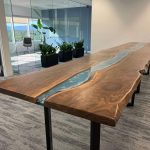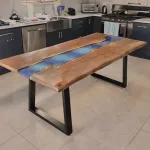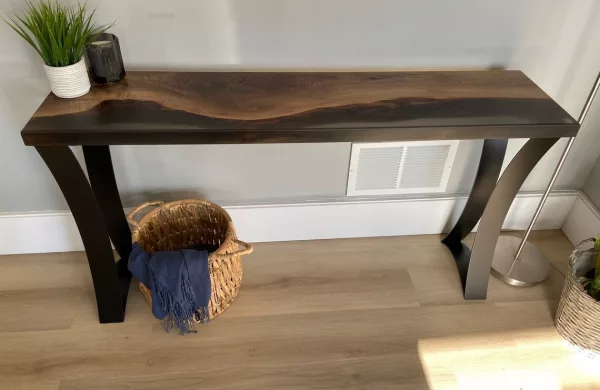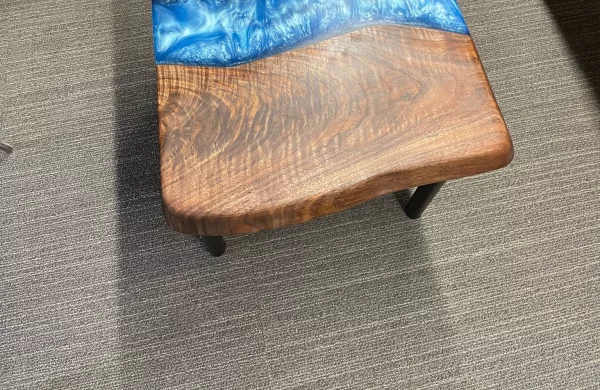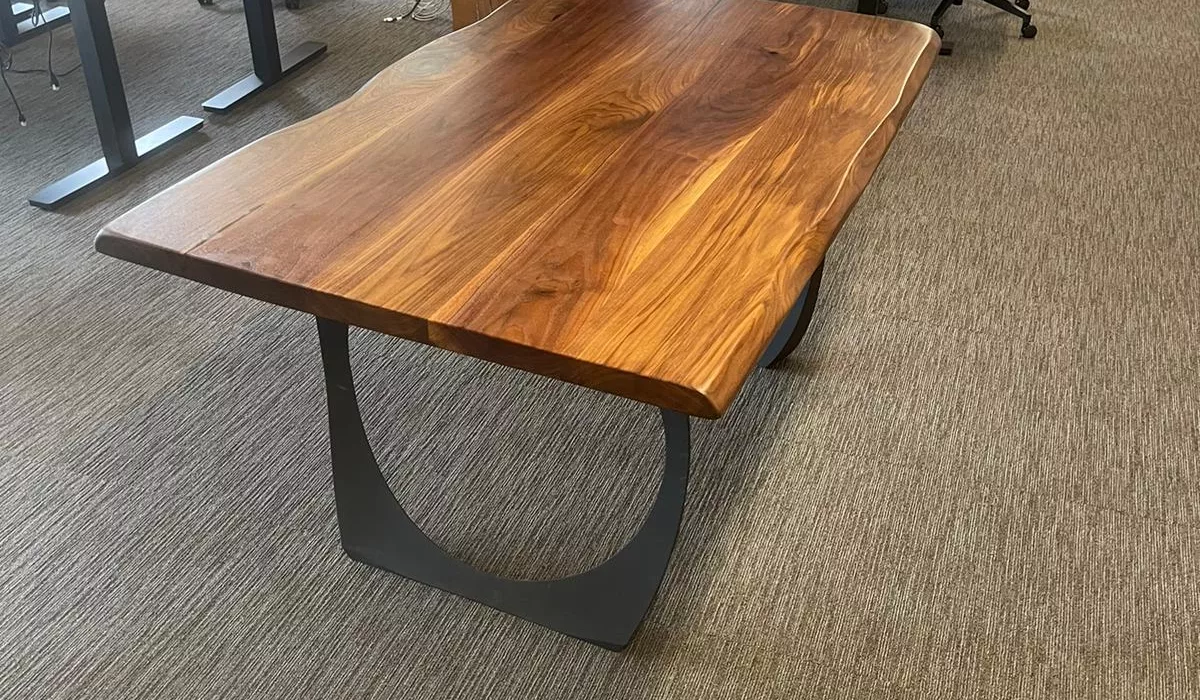
Designing a wood dining table involves various considerations, including aesthetics, functionality, durability, and, importantly, the thickness of the table top. The thickness of a wood dining table top can significantly impact its look and stability, making this an essential aspect to consider. This article delves into the considerations for determining the ideal thickness of a wood dining table top, factoring in material characteristics, table size, intended use, and design preferences.
Understanding the Basics
The thickness of a wood dining table top is not just a matter of personal preference; it plays a critical role in the table’s durability, stability, and overall appearance. A table top that’s too thin may not withstand the wear and tear of daily use, while one that’s excessively thick can look bulky and disproportionate to the table’s base.
Factors Influencing Thickness
Several factors influence the ideal thickness of a wood dining table top, including the wood type, table size and shape, intended use, and design style.
Wood Type
Different wood species have varying densities and strengths. Hardwoods like oak, maple, and walnut are denser and can be used at thinner thicknesses compared to softer woods like pine. Hardwoods typically allow for thicknesses ranging from ¾ inch to 1½ inches, ensuring durability without unnecessary bulk.
Table Size and Shape
Larger tables require thicker tops to prevent sagging in the middle. For instance, a small table might be stable and look proportional with a top that’s ¾ inch thick, but a larger table, especially those over 6 feet in length, would likely need a top at least 1 inch thick to maintain structural integrity.
Intended Use
The table’s intended use also impacts the recommended thickness. A table designed for light use, such as holding small items or occasional dining, can have a thinner top. In contrast, a table intended for heavy use, including frequent family meals or as a work surface, would benefit from a thicker top to withstand the additional wear and tear.
Design Style
The design style of the table can influence the choice of thickness. Minimalist designs might feature thinner tops for a sleek, modern look, while rustic or traditional tables might have thicker tops to convey a sense of solidity and durability.
Thickness Guidelines
While there’s no one-size-fits-all answer, there are general guidelines you can follow when determining the thickness of your wood dining table top:
- For Small to Medium Tables (up to 6 feet in length): A thickness of ¾ inch to 1 inch is typically sufficient. This range provides a balance between durability and aesthetic appeal.
- For Large Tables (over 6 feet in length): Consider a thickness of 1 inch to 1½ inches. This extra thickness helps support the table’s length and prevents sagging.
- Custom Considerations: For tables with unique designs or specific requirements, the thickness may need to be adjusted. For instance, a table with a wide span between legs may require a thicker top for added stability.
Balancing Aesthetics and Functionality
When deciding on the thickness of your table top, consider both aesthetics and functionality. A table that’s visually appealing but fragile serves little purpose, while a sturdy table that lacks aesthetic appeal may not be satisfying to use or display.
Enhancements and Alternatives
There are ways to enhance the appearance and functionality of a wood dining table top without significantly altering its thickness:
- Edge Detailing: Adding details to the edges of the table top, such as beveling or rounding, can make a thinner top appear thicker.
- Support Systems: For larger tables, consider using support systems like aprons or reinforcement beams under the table top. This can allow for a thinner top without compromising on stability.
- Composite Materials: Some designers opt for composite materials, combining wood with other substances to increase strength without adding bulk.
Conclusion
The thickness of a wood dining table top is a crucial element that affects its durability, functionality, and aesthetic appeal. By considering factors such as the wood type, table size and shape, intended use, and design style, you can determine the ideal thickness for your table. Whether you prefer a sleek, modern design or a robust, traditional table, achieving the right balance between thickness, strength, and style is key to creating a piece that meets your needs and complements your space.




